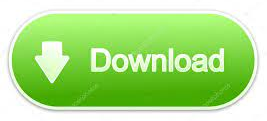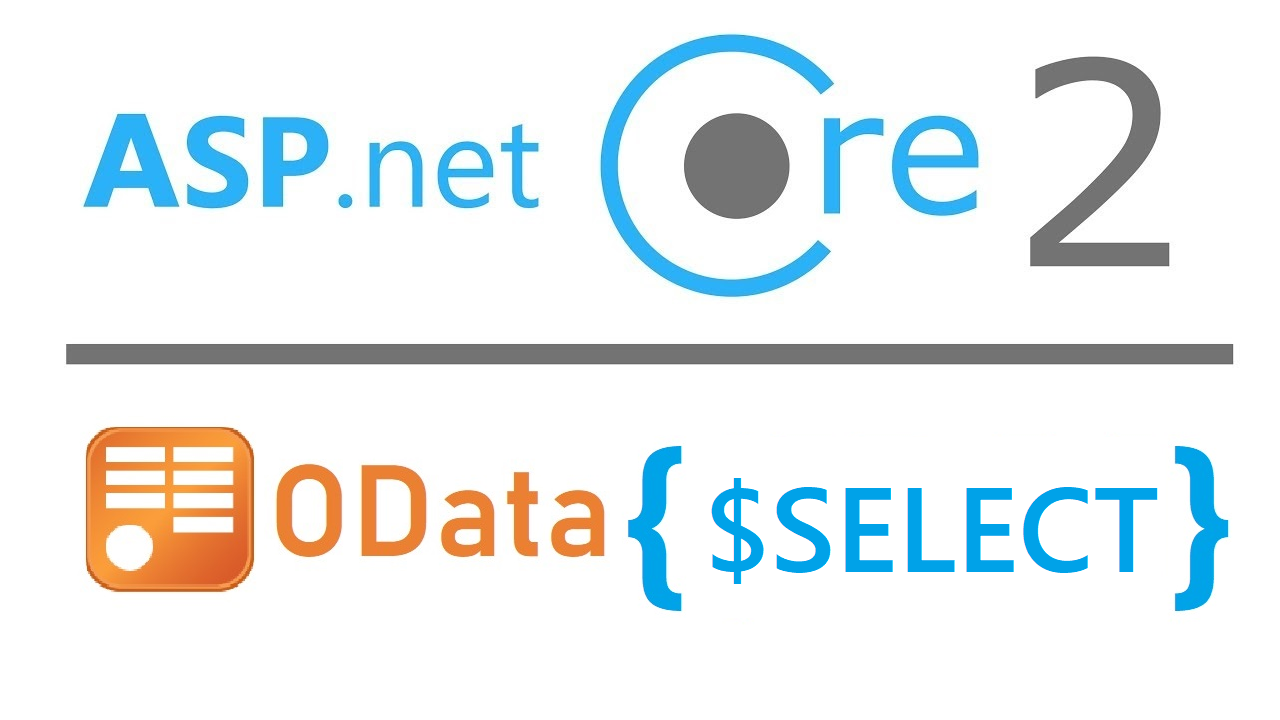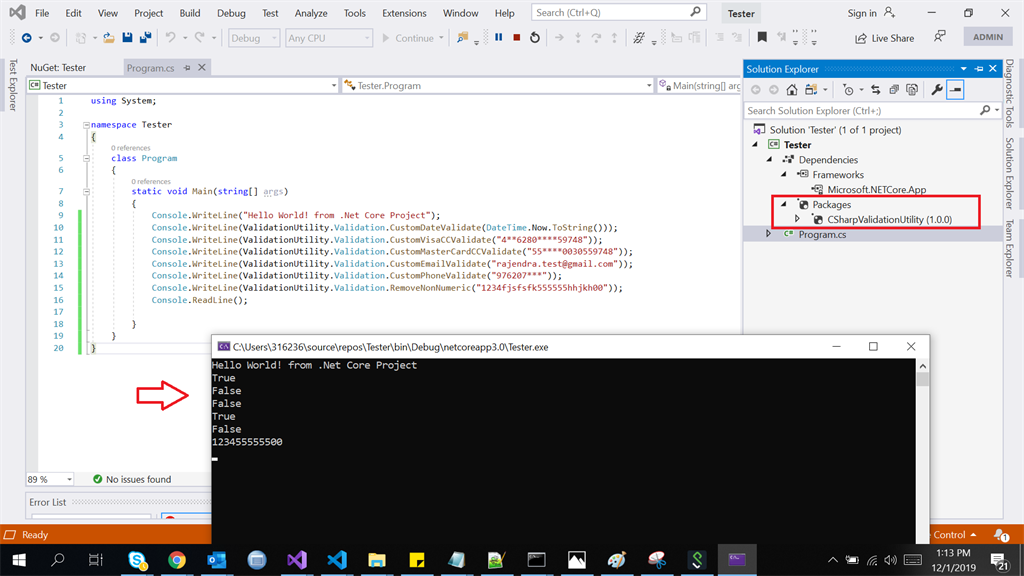

The bad news (at least for some of you) is that using VBA requires that you learn programming. If you really want to unleash the power of these tools, you must learn VBA due to the fact that, among others, recording a macro sometimes simply doesn't “cut it”. That is a great sign that you're on a good way to learning macros and Visual Basic for Applications (VBA).īeing able to create a basic macro in Excel is only the beginning in the process to become a really efficient and productive user of macros and VBA. By now, your colleagues are already looking at you like you're a wizard.

So you've created your first (or your first few) Excel macro(s), perhaps by following these 7 easy steps to create a macro.


 0 kommentar(er)
0 kommentar(er)
